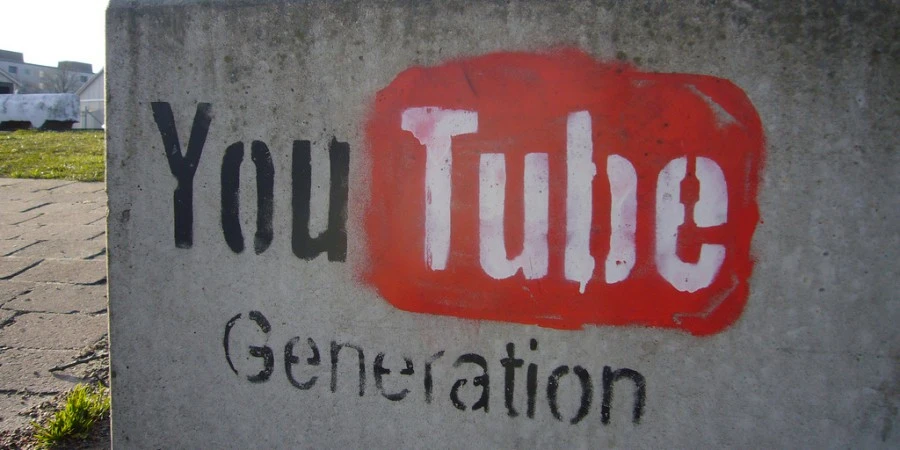 For those of you who haven’t already heard, Google in late June acquired mDialog – a video advertising firm that specializes in helping large media companies measure and deliver video content to a wide range of connected devices. The implications of this purchase seem to be quite clear. Google’s looking beyond the PC to other platforms; it’s hoping to expand its large marketing arm to smartphones, tablets, and video game consoles.
For those of you who haven’t already heard, Google in late June acquired mDialog – a video advertising firm that specializes in helping large media companies measure and deliver video content to a wide range of connected devices. The implications of this purchase seem to be quite clear. Google’s looking beyond the PC to other platforms; it’s hoping to expand its large marketing arm to smartphones, tablets, and video game consoles.
That isn’t all Google’s looking to do – there’s a bit more to this purchase.
For one, it signifies that Google is well aware of the current issue with YouTube video ads. I’m not going to mince words here – they’re kind of stuck in a rut. YouTube advertising is broken, and the mDialog acquisition is one more step by Google in the long process that’ll be required to fix it.
One problem is that most users don’t actually bother to watch the pre-roll ads. Even when they’re properly targeted, they tend to be intrusive and irritating, serving as a wall between user and content. Most YouTube ads are just TV commercials adapted for the platform. This doesn’t help. In fact, it’s incredibly rare. You hardly ever see a video ad made specifically for YouTube.
On top of that
There’s a YouTube app on almost every mobile operating system. However, there are no mobile YouTube ads. The videos you see on your phone are almost the same as on your computer. They are just smaller. Again, this is not ideal. This is especially true because mobile technology is so popular.
Of course, both of the above factors may well be related to the fact that YouTube advertising is itself more about the user than the medium. It sort of has to be, given that YouTube’s nature has driven the CPM of video advertising down into the dirt. Ad revenue on YouTube is nowhere near as high as it should be, and many YouTube partners aren’t receiving enough money to support anything resembling ‘premium’ programming. Something in YouTube’s system of advertising simply doesn’t seem to be working.
Perhaps as a direct result, spending on YouTube advertising has lagged behind other forms of online marketing. Google is certainly aware of this. Therefore, it hopes to use mDialog’s technology.
This will make video ads more appealing to marketers. Ads will become available on more devices. By doing so, Google will also tailor ads more effectively by device. For example, someone watching YouTube on their Xbox One might see an ad for Titanfall. This is more likely than someone watching on an iPhone.
With its mDialog acquisition
Google wants YouTube marketing to go beyond the PC. However, this acquisition means much more. YouTube is a very powerful platform. It has one of the biggest audiences online. Yet, its advertising model is not perfect at all. Google is definitely aware of this problem. And it’s doing everything it can to fix it.



